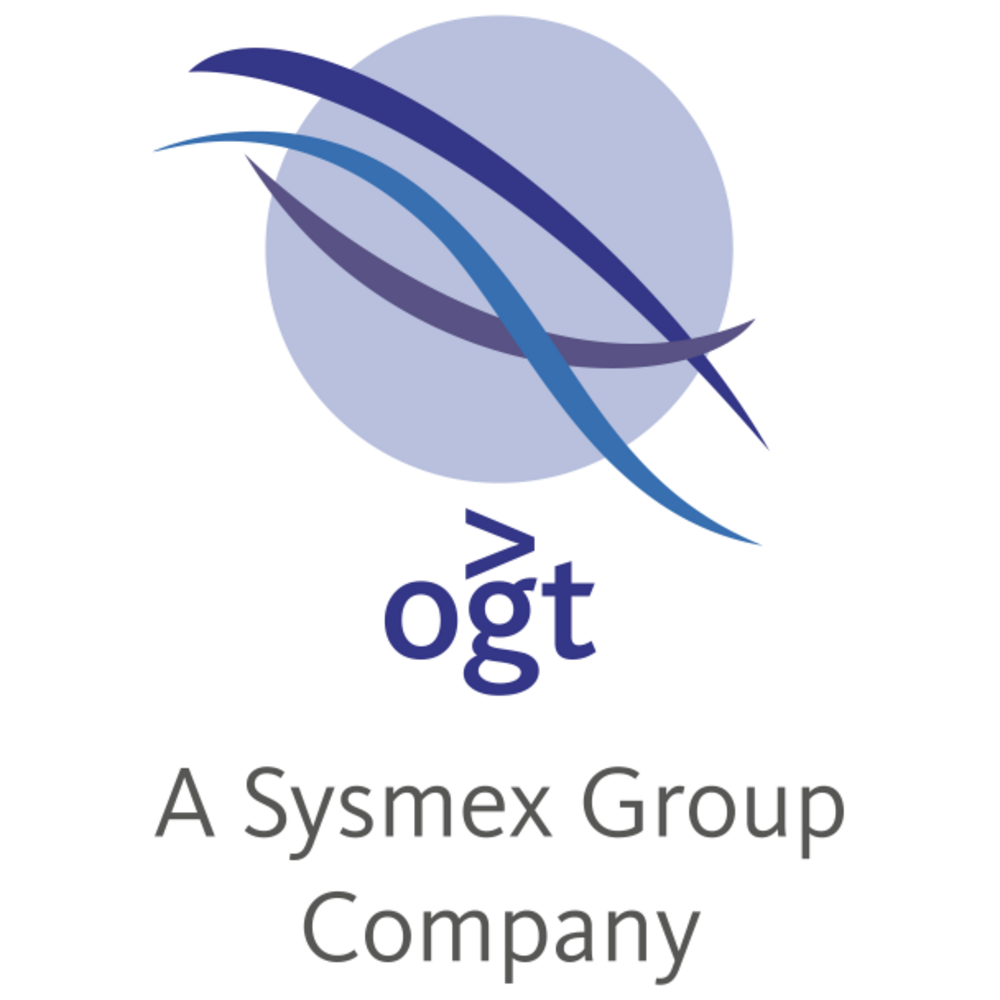Fluorescence in situ hybridization (FISH)
Fluorescence in situ hybridization (FISH) is a cytogenetic technique which uses fluorescent probes binding parts of the chromosome to show a high degree of sequence complementarity. Fluorescence microscopy can be used to find out where the fluorescent probe bound to the chromosome. This technique provides a novel way for cytogenetics to visualize and map the genetic material in an individual cell, including specific genes or portions of genes. It is an important tool for understanding a variety of chromosomal abnormalities and other genetic mutations. Different from most other techniques used for chromosomes study, FISH has no need to be performed on cells that are actively dividing, which makes it a very versatile procedure.
Cytocell
Cytocell was established in 1991 at Birmingham Heartlands Hospital before moving to Banbury, Oxfordshire in 1994. Since 2003, Cytocell has been located in Cambridge where we design and manufacture an ever-increasing range of fluorescence in situ hybridisation (FISH) probes.
Cytocell is a significant European manufacturer of FISH probes and has a well-established worldwide distribution network for its products, covering more than 60 countries.
In February 2014, Cytocell was acquired by Oxford Gene Technology (OGT), a leading provider of innovative genetics research solutions. The Group's CytoSure™ microarray products, Cytocell FISH probes and SureSeq™ next generation sequencing (NGS) products provide the complete solution for high-resolution genetic analysis.
Visit Sysmex OGT Cytocell website to search for a FISH probe
http://www.cytocell.com/
